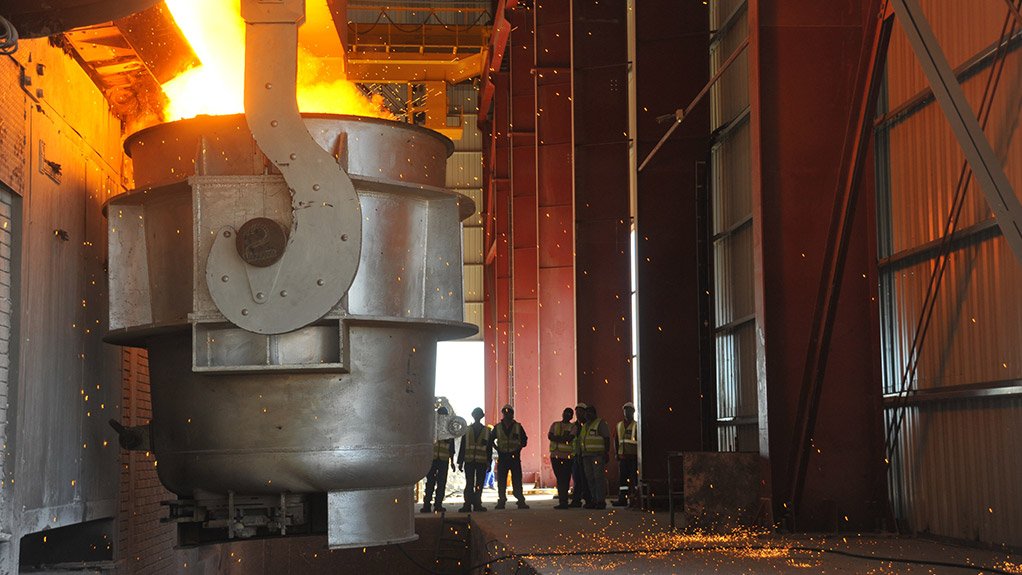The Special Economic Zones (SEZ) Act, which was signed into law by President Jacob Zuma earlier this week, will contribute to the revitalisation of the economy, improve the investment climate, strengthen the manufacturing sector and lend to job creation, Trade and Industry Minister Dr Rob Davies said on Thursday.
He explained that the SEZ Act aimed to support balanced industrial development while also improving manufacturing capabilities and the development of more competitive and productive regional economies with strong up- and downstream linkages in strategic value chains.
“[The Act’s] signing into law by President Zuma is a significant milestone in pursuit of the aspirations expressed in the National Development Plan, New Growth Path and Industrial Policy Action Plan,” Davies said.
Prior to the SEZ Act, the Department of Trade and Industry (DTI) initiated the Industrial Development Zone (IDZ) programme under the Manufacturing Development Act in 2000. The focus of this IDZ programme was largely to attract foreign direct investment, increase exportation of value-added manufactured products and to create linkages between domestic- and zone-based industries.
According to Davies, the criteria for IDZ designation was biased towards the development of coastal regions – as IDZs by nature were export orientated and, therefore, the vicinity to the sea or an airport became strategic – and ignored economic potential existing in the inland regions.
“To date, five IDZs have been designated, namely Coega, East London, Richards Bay, OR Tambo and Saldanha Bay. Three of the five IDZs – Coega, East London and Richards Bay – are fully operational, and have achieved some major successes, [including] 42 operational investments worth R4-billion and [the creation of] 5 000 direct jobs and 43 000 construction jobs,” stated Davies.
However, unlike the former IDZ regulatory framework, the SEZ Act would cater for coordinated and integrated government planning that would involve all spheres of government and result in a more holistic industrial-development approach.
Davies pointed out that the Act provided for the designation of different types of SEZs, including free ports, which were duty-free areas adjacent to a port of entry where imported goods could be unloaded for value-adding activities, repackaging, storage and subsequent re-export, as well as free-trade zones and IDZs.
The Act also allowed for the creation of sector development or specialised zones that would focus on the development of a specific sector or industry through the facilitation of general or specific industrial infrastructure, incentives and technical and business services, primarily for the export market.
EMAIL THIS ARTICLE SAVE THIS ARTICLE
To subscribe email subscriptions@creamermedia.co.za or click here
To advertise email advertising@creamermedia.co.za or click here











